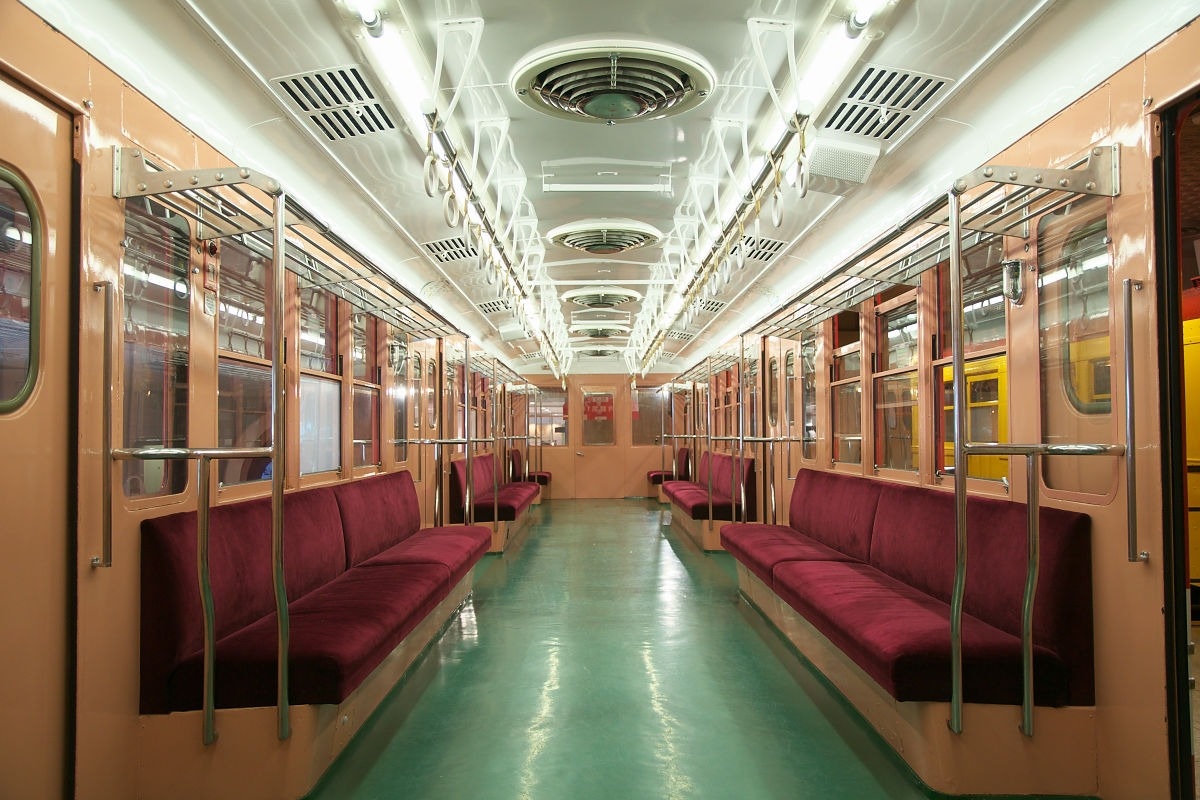Navigating Tokyo’s Subway Maze

Getting around Tokyo can feel like solving a giant puzzle, especially when it comes to the Tokyo subway system. With over 13 lines and hundreds of stations, it might seem overwhelming at first. But don't worry! This guide will help you understand the basics, from buying tickets to finding your way through the maze of platforms. Whether you're a first-time visitor or a seasoned traveler, knowing how to navigate the Tokyo subway can save you time and stress. Ready to become a pro at using one of the world's most efficient public transportation systems? Let's get started!
Understanding Tokyo's Subway System
Tokyo's subway system can feel like a labyrinth. With 13 lines and over 280 stations, it’s easy to get lost. But don’t worry! Here’s a guide to help you navigate this bustling underground world.
Key Subway Lines to Know
Knowing the main subway lines will make your travels smoother. Here are some of the most important ones:
Yamanote Line: This loop line circles central Tokyo, connecting major districts like Shibuya, Shinjuku, and Ikebukuro.
Chuo Line: Running east to west, this line is perfect for getting from Tokyo Station to Shinjuku quickly.
Ginza Line: Tokyo’s oldest subway line, it runs through key areas like Asakusa, Ueno, and Shibuya.
Hibiya Line: This line connects Roppongi, Ebisu, and Akihabara, making it great for nightlife and electronics shopping.
Tozai Line: Stretching from Nakano to Nishi-Funabashi, it’s ideal for reaching the eastern suburbs.
Must-Visit Stations
Certain stations are more than just transit points. They offer unique experiences and sights. Here are some you shouldn’t miss:
Shibuya Station: Famous for the Shibuya Crossing, this station is a hub of shopping, dining, and entertainment.
Shinjuku Station: The world’s busiest station, it’s a gateway to skyscrapers, shopping malls, and vibrant nightlife.
Tokyo Station: Known for its beautiful red-brick facade, it’s also a major hub for Shinkansen bullet trains.
Asakusa Station: Close to the historic Senso-ji Temple, this station is perfect for experiencing traditional Tokyo.
Akihabara Station: A paradise for tech enthusiasts and anime fans, this station is surrounded by electronics stores and themed cafes.
Tips for Navigating the Subway
A few tips can make your subway experience much easier. Keep these in mind:
Get a Suica or Pasmo Card: These rechargeable cards make paying for fares quick and easy.
Use English Signage: Most stations have signs in English, so follow them to find your way.
Download a Subway App: Apps like Tokyo Subway Navigation can help you plan routes and check schedules.
Avoid Rush Hour: Try to travel outside of peak times (7-9 AM and 5-7 PM) to avoid crowded trains.
Stay on the Left: When using escalators, stand on the left side to let others pass on the right.
Hidden Gems in the Subway
Beyond the main attractions, Tokyo’s subway system hides some lesser-known treasures. Check these out:
Oedo Line’s Roppongi Station: Known for its modern art installations, this station feels like an underground gallery.
Tokyo Metro Museum: Located near Kasai Station, this museum offers a fascinating look at the history of Tokyo’s subway.
Kokkai-gijidomae Station: Near the National Diet Building, this station has beautiful architecture and is a great starting point for exploring government buildings.
Nakano Broadway: Accessible from Nakano Station, this shopping complex is a haven for collectors of manga, anime, and vintage toys.
Koenji Station: This station leads to a neighborhood known for its bohemian vibe, with vintage shops, live music venues, and quirky cafes.
Navigating Tokyo’s subway may seem daunting, but with this guide, you’ll be traveling like a local in no time.
Mastering Tokyo's Subway System
Tokyo's subway system might seem overwhelming at first, but with a bit of preparation, it becomes manageable. Start by getting a subway map and IC card like Suica or Pasmo. These cards make traveling easier and faster. Use apps like Google Maps or Hyperdia to plan routes and check schedules. Pay attention to signage in stations, as most have English translations. Avoid rush hours if possible to have a more comfortable ride. Remember, Tokyo Metro and Toei Subway are two different networks, so check which one you need for your destination. With these tips, you'll navigate Tokyo's subway like a pro, making your trip more enjoyable and stress-free. Happy travels!

